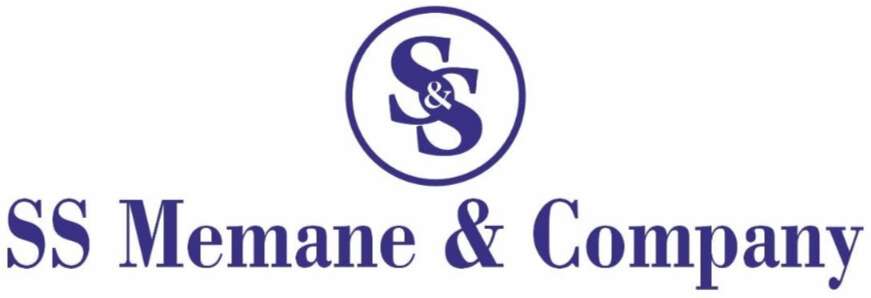Business Income tax Return
Quick Contact
Documents Required
- PAN Details
- Invoice Details
- Bank Statements
- Form 26AS
Business Income tax Return
Business Income Tax Return is a form filed by individuals, partnerships, or corporations to report income earned from business activities, claim deductions, and calculate tax liability. This return ensures compliance with tax laws and helps in determining the tax payable or refund due.
Types of Business Income Tax Returns
ITR-3:
For individuals and Hindu Undivided Families (HUFs) having income from business or profession.
ITR-4 (Sugam):
For individuals, HUFs, and firms (other than LLP) with presumptive income under sections 44AD, 44AE, or 44ADA.
ITR-5:
For firms, association of persons (AOPs), body of individuals (BOIs), and LLPs.
ITR-6:
For companies other than those claiming exemption under section 11 (charitable/religious trusts).
ITR-7:
For persons including companies required to furnish a return under section 139(4A), (4B), (4C), or (4D) (e.g., trusts and institutions).
Documents Required
Profit and Loss Account Statement:
Details of revenue, expenses, and net profit or loss.
Balance Sheet:
Statement of assets, liabilities, and equity as of the end of the financial year.
Bank Statements:
For verifying transactions, deposits, and withdrawals.
Invoices and Receipts:
For sales, purchases, and expenses.
Tax Deducted at Source (TDS) Certificates:
Form 16A, Form 16B, etc., showing TDS on income.
Income and Expense Records:
Detailed records of all business transactions, including salaries, rent, utilities, and other expenses.
Investment Proofs:
Proofs for investments in fixed deposits, bonds, etc., that may qualify for deductions.
Loan Statements:
Details of interest payments on business loans.
GST Returns (if applicable):
Filed GST returns for reconciling GST payments and input tax credit.
Previous Year’s Tax Returns:
For reference and consistency checks.
PAN Card:
For identity verification.
Aadhaar Card:
For e-verification (if applicable).
Process for Filing Business Income Tax Return
Collect and Organize Documents:
Gather all necessary documents mentioned above and ensure they are accurate and up-to-date.
Prepare Financial Statements:
Profit and Loss Account: Summarize revenue and expenses to determine net profit or loss.
Balance Sheet: Compile details of assets, liabilities, and equity.
Determine Total Income:
Calculate the total income from business operations, including all sources of revenue.
Calculate Deductions:
Business Expenses: Deduct allowable business expenses such as salaries, rent, utilities, and depreciation.
Investments: Claim deductions for eligible investments.
Compute Taxable Income:
Total Business Income – Deductions = Net Taxable Income.
Calculate Tax Liability:
Apply the appropriate tax rates to the taxable income.
Consider any TDS already deducted and advance tax payments.
Choose the Correct ITR Form:
Select the appropriate ITR form based on your business structure and income type.
Fill Out the Return Form:
Enter details from financial statements, bank statements, and other documents into the ITR form.
Provide accurate information for income, deductions, and tax paid.
File the Return:
E-file the return through the Income Tax Department’s e-filing portal or use a tax professional if needed.
Choose an appropriate verification method: Aadhaar OTP, Net Banking, or EVC.
Verify the Return:
After filing, verify the return using the chosen method to complete the process.
The return is considered filed only after verification.
Keep Acknowledgment:
Save or print the acknowledgment receipt generated after successful filing. This serves as proof of filing.
Respond to Notices (if any):
Address any notices or queries from the Income Tax Department promptly to avoid penalties or further issues.
Advantages
Compliance:
Ensures adherence to tax laws and avoids legal issues or penalties.
Tax Refunds:
Claims any excess tax paid or TDS deducted.
Creditworthiness:
Serves as proof of income for loan applications and financial transactions.
Financial Planning:
Helps in understanding the financial health of the business and aids in future planning.
Carry Forward Losses:
Enables the carry forward of business losses to future years for offsetting against future income.
Disadvantages
Complexity:
The process can be complex, especially for businesses with multiple income sources and deductions.
Time-Consuming:
Gathering documents, preparing financial statements, and filing the return can be time-consuming.
Possibility of Errors:
Errors in filing can lead to notices or penalties from the tax authorities.
Cost of Professional Help:
May involve additional costs if professional tax services are employed.
- Copyright 2024 © SS Memane || Designed By || Mr. Sunil Memane


